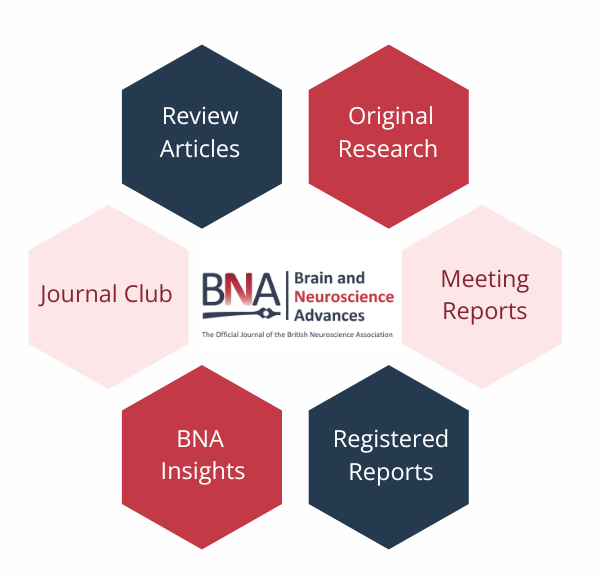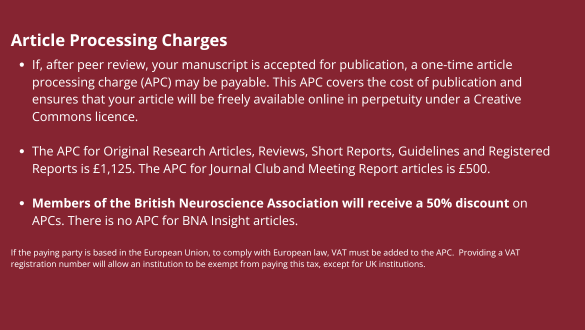Brain and Neuroscience Advances is the BNA’s open-access, peer-reviewed journal, dedicated to pushing the boundaries of neuroscience research.
We provide a dynamic platform for publishing high-quality work across the full breadth of neuroscience; from molecular and cellular studies to systems neuroscience, cognitive function, and translational applications. We particularly welcome interdisciplinary research that bridges neuroscience with fields such as artificial intelligence, genetics, pharmacology, and medical practice.
To support diverse forms of scholarly communication, Brain and Neuroscience Advances offers a range of article types tailored to suit different research outputs and stages of discovery.
In an age of rapid scientific progress, we are committed to fast, fair, and transparent peer review, underpinned by a collaborative ethos and open scientific dialogue. We believe that impactful research not only deepens understanding but also sparks new ideas, directions, and cross-disciplinary opportunities.
Join us in advancing neuroscience through insight, integrity, and innovation.
Meet our Co-Editors-in-Chief

Dr Kate Baker
Dr Kate Baker is a Programme Leader Track at the MRC Cognition and Brain Sciences Unit, University of Cambridge, where she leads the Genomic Disorders and Cognitive Development programme. She is also an Honorary Consultant in Clinical Genetics at Cambridge University Hospital, and an affiliate PI of the Academic Department of Medical Genetics. Prior to this she completed her medical and research training at Oxford, UCL and Cambridge.
Kate also currently serves on the Epilepsy Research UK and Cerebra Scientific Advisory Committees, the Cambrige NIHR BioResource's Scientific Advisory Board, and the International Rare Diseases Research Consortium.
- Email:
- [email protected]

Dr Claire Durrant
Dr. Durrant, a tenured group leader at the Centre for Discovery Brain Sciences and an Emerging Leader at the UK Dementia Research Institute at the University of Edinburgh, is known internationally for her work in understanding the causes and consequences of synapse loss in neurodegenerative disorders, including Alzheimer's.
Her interdisciplinary research team collaborates with clinical, pharmaceutical, and academic partners globally to push the boundaries of neuroscience research. Outside of the lab, Claire is passionate about communicating her work to the public and wider research community. She regularly participates in public engagement through TV, radio, written press and podcast interviews and has been invited to speak on numerous panels and podcasts relating to career progression in dementia research.
Claire’s combined research excellence and commitment to the effective communication of research make her a great addition to the editorial board.
- Email:
- [email protected]
How we are promoting credible publishing practices
In 2019, the British Neuroscience Association launched its Credibility in Neuroscience campaign, with the mission of making neuroscience research more robust, reliable, replicable, and reproducible. Learn more about the campaign here.
As publishing plays a critical role in shaping how research is conducted, Brain & Neuroscience Advances actively supports this mission by promoting and adopting open, transparent, and rigorous publishing practices. Here's how we’re helping lead the way:
Transparency and Openness Promotion (TOP) Guidelines
We follow the TOP Guidelines, a set of eight modular standards aimed at increasing research transparency. These include practices like open data and materials, study preregistration, and the publication of replication studies. We are part of a growing group of neuroscience journals - including Nature Human Behaviour, European Journal of Neuroscience, and Journal of Neurochemistry- committed to these standards.
Open Science Badges
We strongly encourage authors to share their data, materials, analysis code, and to preregister their studies.
Transparent Author Contributions
Every article must include a contributions section, recognising the diverse roles behind the research. We recommend using the CRediT taxonomy to clearly define each author’s role.
Registered Reports
We offer a Registered Reports format, where articles are accepted based on their study design before data collection. This improves transparency and reduces publication bias, ensuring studies are published regardless of outcome. These reports are awarded a Preregistration badge.
Peer Community In Registered Reports (PCI RR)
To strengthen our Registered Reports offering, we’ve joined PCI RR, a platform for reviewing and recommending Registered Reports across STEM, medicine, social sciences, and humanities. Authors benefit from expert peer review and greater flexibility in choosing where to publish.
Preregistration
We welcome submission of preregistered studies via platforms like the Open Science Framework (OSF). These are recognised with a Preregistration badge.
Publishing Null Results
We recognise the value of studies that support the null hypothesis. If your research is robust and well-conducted, we want to publish it - regardless of outcome.




